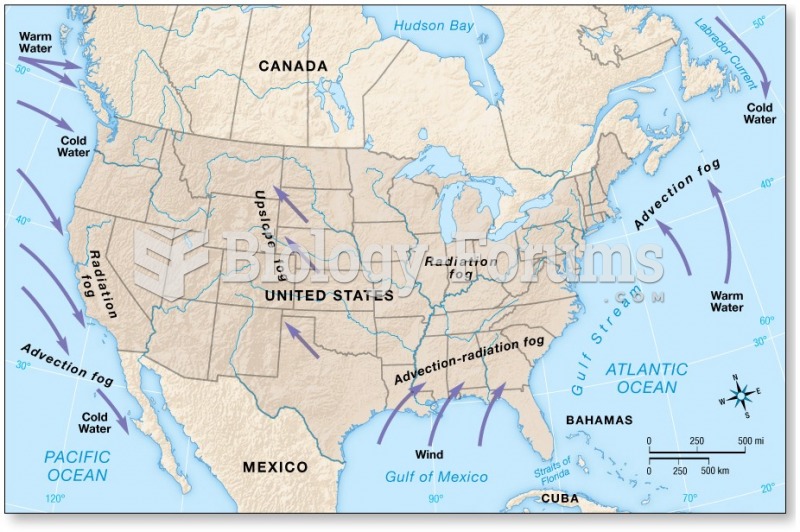Question 1
__________ was the belief held by the Truman and Eisenhower administrations that a communist takeover of Vietnam would soon result in the same fate in other nations in Southeast Asia.
A) Containment
B) Brinksmanship
C) Vietnamization
D) The domino theory
Question 2
Benjamin West's depiction of the death of General James Wolfe at the battle of Quebec reveals __________.
A) the consequences of collusion between the British and the Indians
B) religious imagery comparing the dying general to a crucified Christ
C) the massacre of British forces during the Seven Years War
D) a departure from European influence on American art
Question 3
Based on this map of foreign activity in China in 1901, how did the United States try to protect American businessmen and missionaries who had established a presence there?
A) by expanding American interests west of the Huang He River
B) by siding with Russia during the Russo-Japanese War
C) by launching an naval invasion from the Philippines
D) by negotiating with nations that had spheres of influence there
Question 4
What did John Brown's raised right hand in this daguerreotype taken by black photographer Augustus Washington indicate?
A) Brown pledged to destroy slavery in the United States.
B) The five fingers on his hand represented his support for the five different parts of the
Compromise of 1850.
C) Brown was being sworn in as an antislavery member of the state legislature in Kansas.
D) Brown was showing how many proslavery settlers he killed at Pottawatomie Creek, Kansas.
Question 5
How did the United States and Japan compromise over the issue of Japanese immigration to this country?
A) Japan agreed to all restrictions on immigration to the United States in return for a greater
colonial presence in China.
B) Japan accepted San Francisco's mandate to segregate all Asian students in one set of schools
in exchange for more lenient immigration rights.
C) Both countries came to a Gentlemen's Agreement in which Japan conceded to deny passports
to workers intending to immigrate to the United States.
D) Japan agreed to allow Russia access to Manchuria in return for allowing Japanese workers to
immigrate to the United States.







